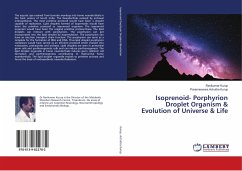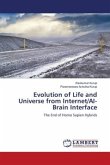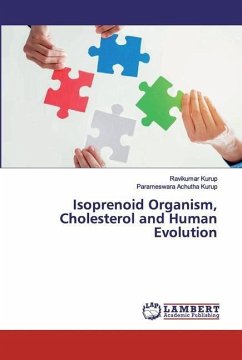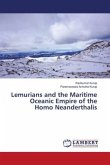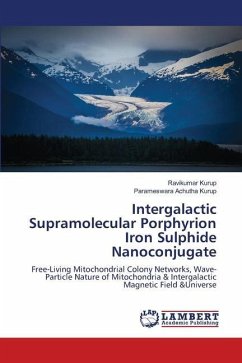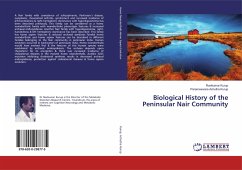The aquatic ape evolved from bonobo monkeys into homo neanderthalis in the back waters of South India. The Neanderthals evolved by archaeal endosymbiosis. The most primitive protocell would have been a droplet capable of replication. Lipid droplets formed of isoprenoids would have been the primitive protocell or isoprenoid organism. The isoprenoid organism would have been the original primitive protoarchaea. The lipid droplets can interact with porphyrions. The porphyrion can get incorporated into the lipid droplet by isoprenylation. The porphyrion can have an electron transport chain function. The porphyrion can serve as a template for the formation of RNA and DNA. Thus lipid droplet porphyrion complexes would have served as an efficient protocell which evolved into eukaryotes, prokaryotes and archaea. Lipid droplets are seen in primordial germ cells and parthenogenetic cells and can induce parthenogenesis. The lipid droplet organelle in homo neanderthalis induces germ cell/stemcell formation and parthenogenesis contributing to matriarchal homo neanderthalis. The lipid droplet organelle evolves to primitive archaea and forms the basis of endosymbiotic neanderthalisation.

